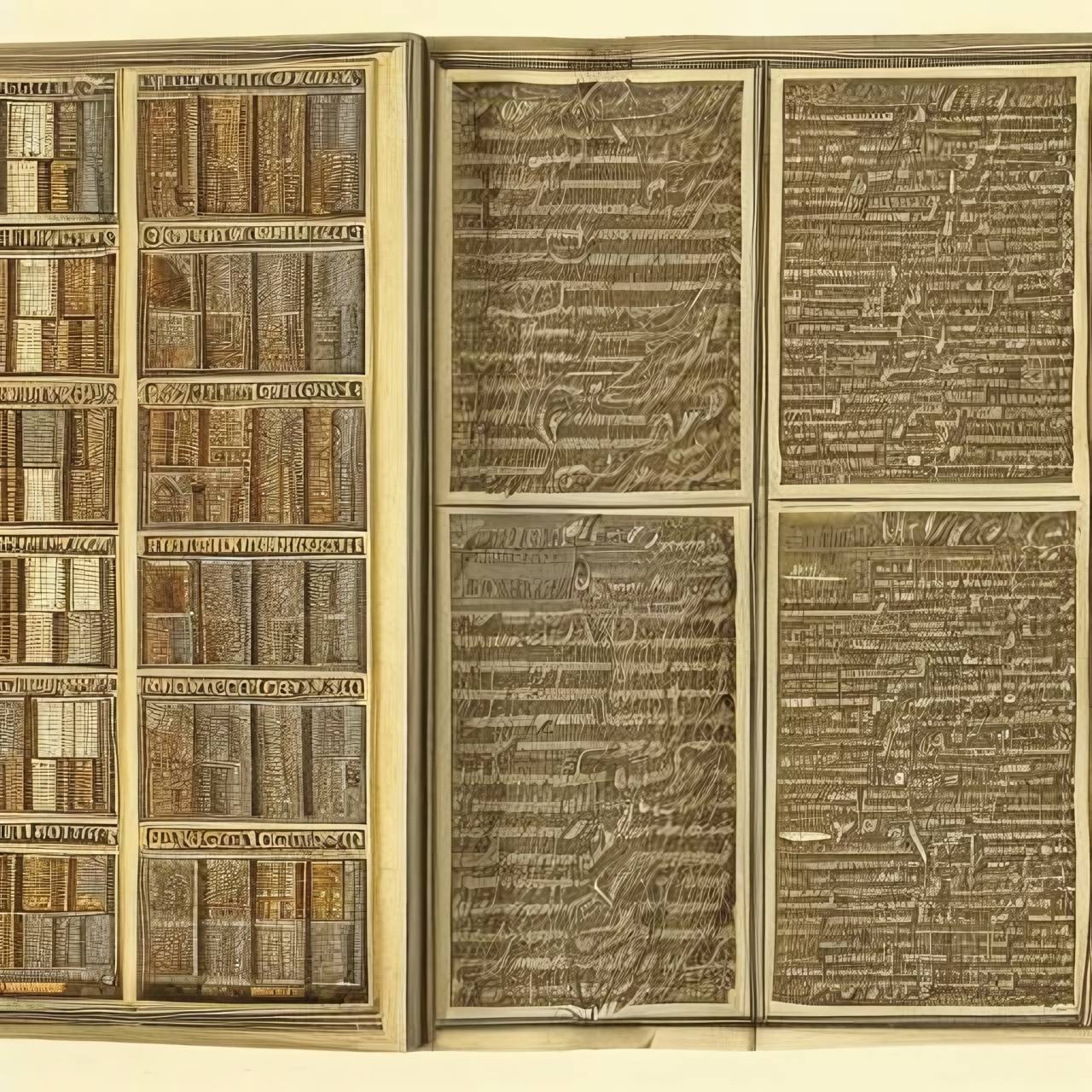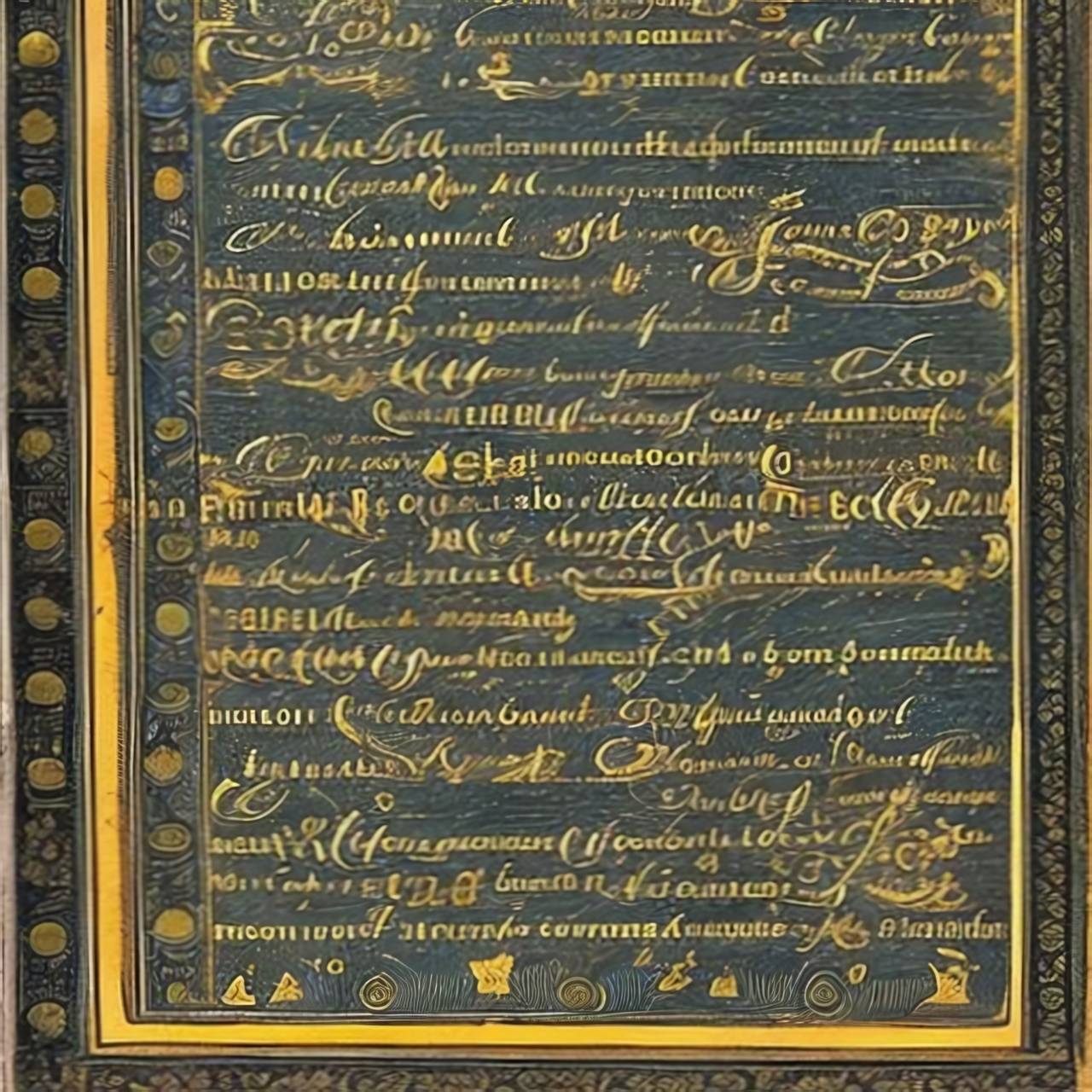In the heart of Oxford, England, stands a magnificent institution that has captivated the world with its vast collection of art, archaeology, and history. The Ashmolean Museum, named after its founder Elias Ashmole, has not only become a haven for art enthusiasts and scholars but has also made an indelible impact on the global museum culture. This blog post takes you on a journey through the birth of the Ashmolean Museum and explores its profound influence on the world’s museum landscape.
Elias Ashmole: A Visionary Pioneer
To understand the significance of the Ashmolean Museum, we must first delve into the life of Elias Ashmole himself. Born in 1617, Ashmole was a man of many talents—a scholar, antiquarian, astrologer, and alchemist. His insatiable curiosity for the world led him to collect an extraordinary array of objects, ranging from coins and manuscripts to natural specimens and artworks.
Ashmole’s passion for preserving knowledge and sharing it with others was unparalleled. In 1677, he bequeathed his extraordinary collection to the University of Oxford, laying the foundation for what would later become the Ashmolean Museum. It was his visionary gift that set in motion a chain of events that would shape the course of museum history.
The Birth of the Ashmolean Museum
On May 24, 1683, the doors of the Ashmolean Museum swung open for the very first time, revealing a treasure trove of artifacts and curiosities to the public. The significance of this event cannot be overstated. The Ashmolean Museum was the first-ever public museum in the world, and its opening marked a pivotal moment in the democratization of knowledge and culture.
Collections that Transcend Boundaries
The Ashmolean Museum boasts an awe-inspiring collection that spans millennia and continents. Its diverse holdings encompass art, archaeology, numismatics, and ethnography, representing cultures from every corner of the globe. From ancient Egyptian mummies to Renaissance masterpieces, the museum’s exhibits provide a kaleidoscopic view of human history and creativity.
Impact on World Museum Culture
The establishment of the Ashmolean Museum had a profound impact on the development of museum culture worldwide. Its innovative approach to collecting and displaying objects laid the groundwork for future museums, inspiring countless institutions to follow suit. Here are a few keyways in which the Ashmolean Museum has shaped the global museum landscape:
- Public Accessibility: The Ashmolean Museum challenged the prevailing notion that knowledge and art were exclusive domains reserved for the elite. By opening its doors to the public, it revolutionized the way museums were perceived, making cultural heritage accessible to all.
- Encyclopaedic Collections: The Ashmolean’s encyclopaedic collection became a model for other museums, emphasizing the importance of comprehensive and interdisciplinary approaches to collecting. This approach paved the way for museums to become platforms for cross-cultural dialogue and exploration.
- Curatorial Excellence: The Ashmolean Museum has continuously pushed the boundaries of curatorial excellence. Its innovative exhibition designs, educational programs, and scholarly research have set benchmarks for museums worldwide, inspiring others to strive for similar standards.
- Influence on Museum Architecture: The Ashmolean’s iconic neoclassical building, designed by Charles Cockerell, became an architectural template for subsequent museums. Its grand façade and elegant galleries have influenced museum architecture around the world, showcasing the symbiotic relationship between art, history, and design.
Conclusion
The Ashmolean Museum, founded by the visionary Elias Ashmole, stands as a testament to the power of curiosity, preservation, and accessibility. From its humble beginnings, it has grown to become a beacon of knowledge, inspiring generations of museum professionals and enthusiasts alike. Its impact on the world’s museum culture is immeasurable, reshaping the way we view and engage with art, history, and diverse cultures.
As we wander through the halls of the Ashmolean, we are reminded of the incredible legacy left by Elias Ashmole—an enduring testament to the beauty of human creativity, the wonder of discovery, and the importance of sharing knowledge with the world.
References
– Ashmolean Museum Official Website – https://www.ashmolean.org/
– Bending, Stephen. “Ashmole, Elias (1617–1692).” Oxford Dictionary of National Biography, Oxford University Press, 2004.
– Henson, Louise. “The Ashmolean Museum: A Brief History.” Ashmolean Museum, 2016.
– Kamps, Klaus, et al. Museums: A Place to Work. Transcript, 2019.
Tags
Divi Meetup 2019, San Francisco
Related Articles
Unappreciated Greatness
Life and Legacy of Jahangir of the Mughal Empire. Jahangir ruled over one of the largest empires in human history during his lifetime, yet few people outside of South Asia have heard of him. I aim to shed light on the life and legacy of this remarkable figure,...
The Plague Doctor’s Diary
A Personal Account of the Turin Epidemic of 1656. I am writing this diary to record my experiences and observations as a plague doctor in Turin, the capital of the Duchy of Savoy, during the terrible epidemic that has afflicted this city and its surroundings since the...
The Timeless Beauty of Bustan
Unveiling the Secrets of Saadi Shirazi's Masterpiece.In the realm of Persian literature, few works have captured the essence of love, spirituality, and morality quite like Bustan (The Orchard) by Saadi Shirazi. This 13th-century masterpiece has left a lasting impact...
Stay Up to Date With The Latest News & Updates
Explore
Browse your topics of interest using our keyword list.
Join Our Newsletter
Sign-up to get an overview of our recent articles handpicked by our editors.
Follow Us
Follow our social media accounts to get instant notifications about our newly published articles.









